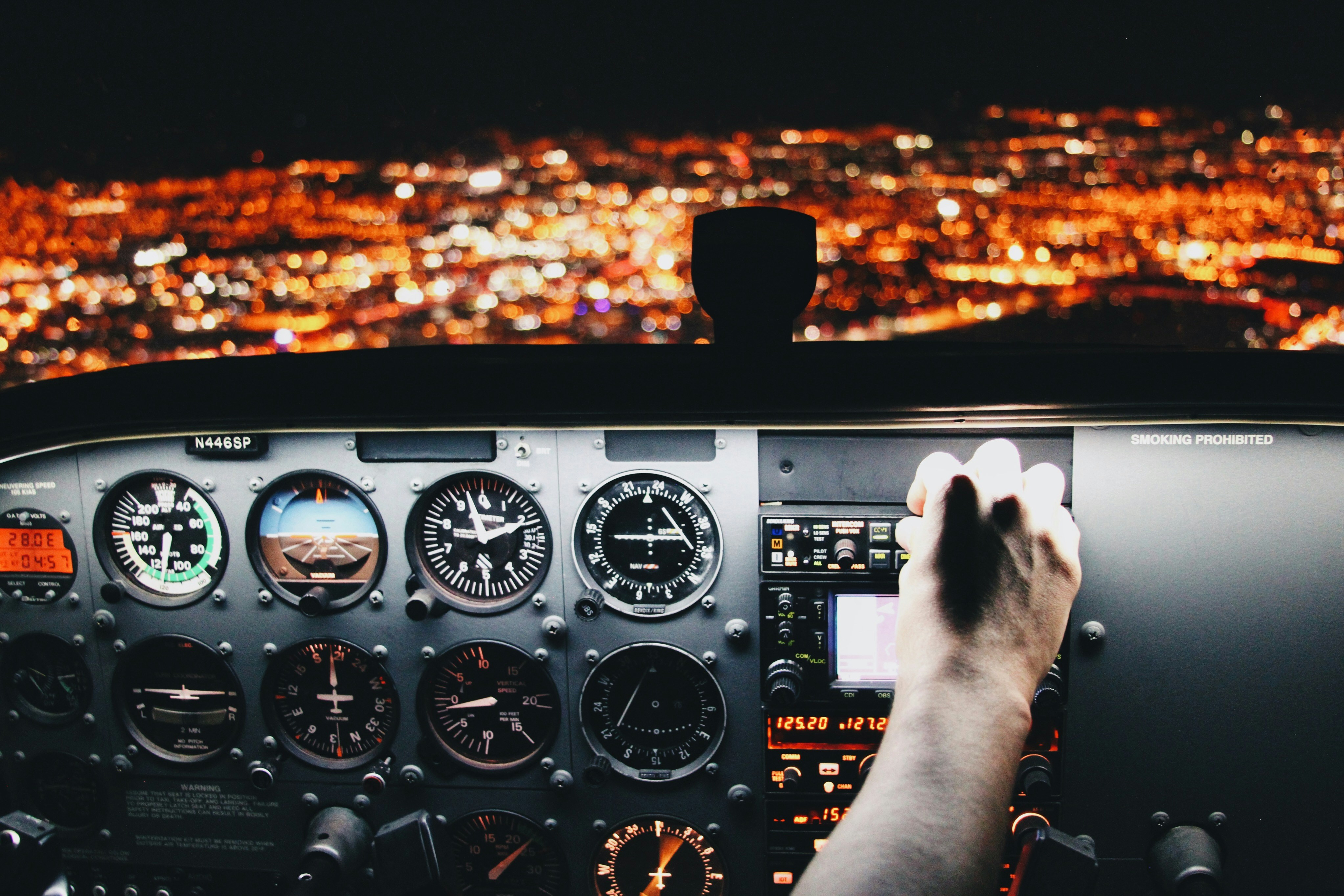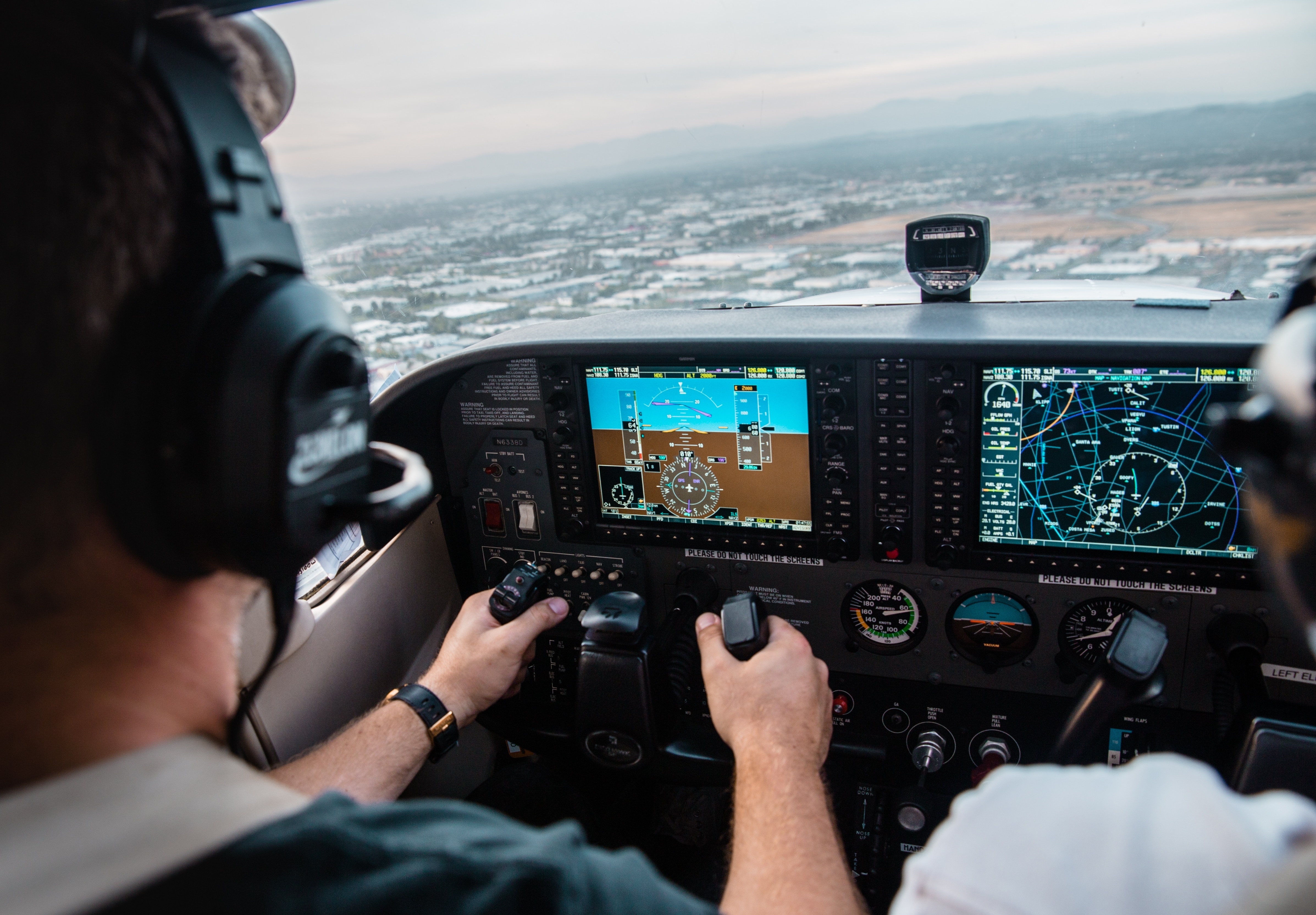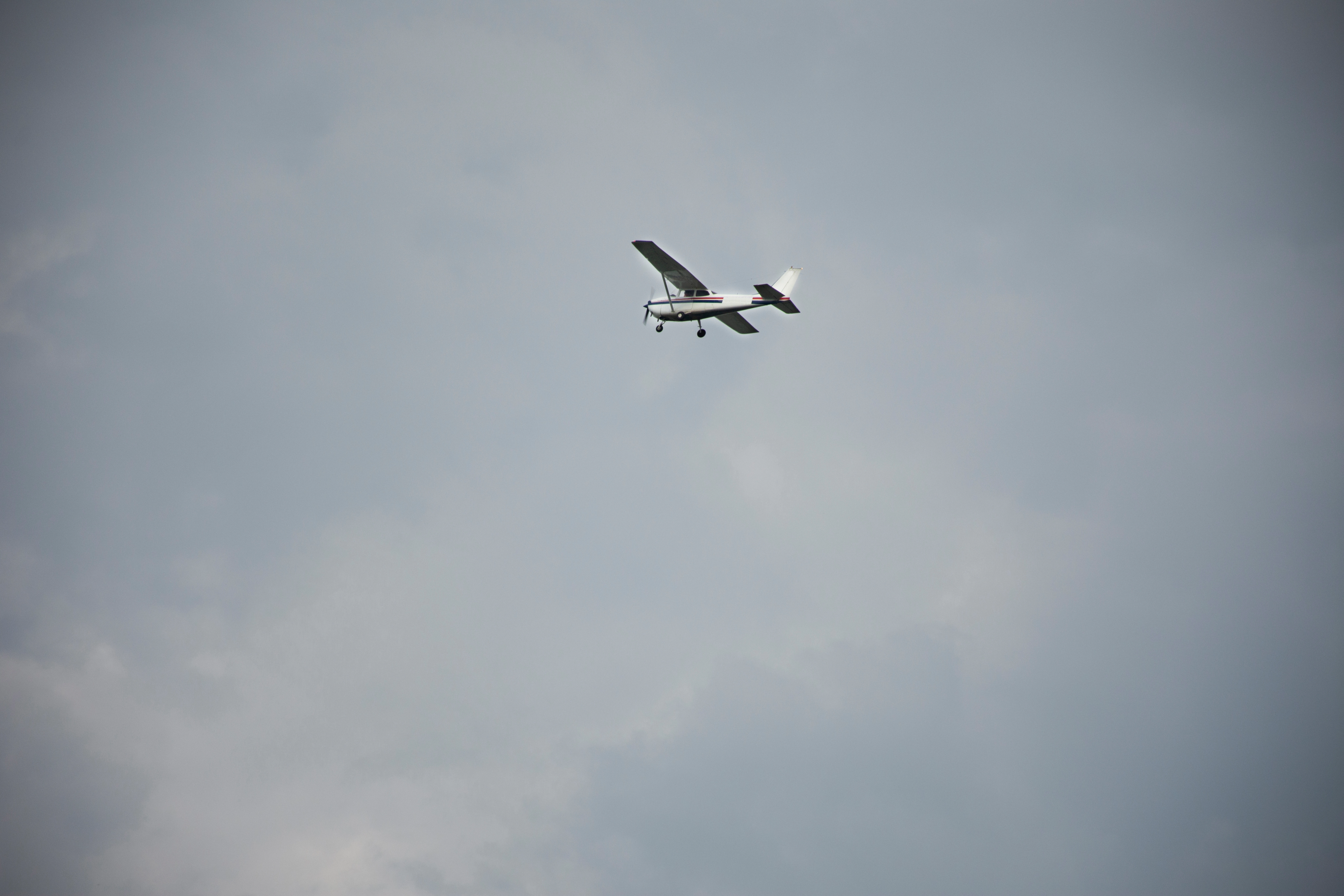Density Altitude and Hypoxia: What To Consider on Hot Summer Days and Nights
As the summer months approach, the relationship between density altitude and hypoxia should become a consideration in your flight planning. Flying high when it’s hot can expose you to a potential reduction in oxygen — and not just because of altitude.
Becoming aware of the potential for density altitude and hypoxia to affect you and your passengers is just one more aspect of FAR 91.103, knowing everything about your flight.
Density altitude and its effect on the surrounding air
The formal definition of density altitude is pressure altitude adjusted for non-standard temperature. The intuitive definitions of density altitude bring to mind great performance in cold air and lousy performance in hot air, particularly if it’s also humid.
We have Section 5 of our Pilot's Operating Handbook (POH) to help us figure out all the performance data we need to ensure safe departure and return to a runway of finite length, but understanding the physiological effects of density altitude is critical as well. You may have gotten off the ground with plenty of room to spare over that 50-foot tall pine tree, but it won’t matter much if you get loopy (hypoxic, not aerobatic) at altitude.
What should you do with this information about density altitude and hypoxia?
Suppose the air temperature at your airport in Austin, Texas (KAUS), is 38 degrees Celsius. You are planning a flight to Amarillo, Texas, which is approximately 360 nautical miles (NM) away. It should take around three hours to get there in your single-engine general aviation airplane.
You get up to 8,500 feet mean sea level (MSL) to beat the heat, knowing that higher altitudes expose you to potential hypoxia, a lack of sufficient oxygen in the bloodstream. “Hypoxic” hypoxia can make you drowsy, slow your thinking down, and generally prevent you from bringing your A-game to the flight.
We know that the typical altitude for hypoxic hypoxia to begin is 10,000 feet MSL. Since you are flying at 8,500 feet MSL, all should be well, but will it?
Using the standard lapse rate of two degrees per 1,000 feet of altitude gain, the temperature should be 17 degrees cooler at 8,500 feet MSL. However, it's 38 degrees Celsius at your departure airport, which equals 21 degrees Celsius at 8,500 feet.
That makes your density altitude roughly in the 11,000-feet ballpark. You are now flying at a potential hypoxic hypoxia altitude.
- You knew you would be below 12,500 feet MSL, where the requirement for oxygen kicks in when flying for more than 30 minutes.
- Likewise, you are below 14,000 feet MSL, where the mandatory crew requirement for oxygen kicks in.
But did you consider your potential exposure to hypoxia in your pre-flight planning?

Night flying
Let's consider these same ideas in the context of a night flight.
Say it's a hot summer night at 26 degrees Celsius. You are cruising at 5,500 feet MSL, losing 11 degrees from KAUS, which sits at 542 feet MSL.
26 minus 11 degrees lost equals 15 degrees Celsius. The air is now behaving as though it is around 6,700 feet MSL.
There are no mandatory oxygen requirements anywhere near your cruising altitude, but hypoxic hypoxia symptoms can occur at 5,000 feet MSL at night. Night flying is already a visual challenge, but adding the amplified effect of degraded night vision that comes with altitude requires great respect and consideration when planning a flight. Also, you will want to stay aware of any reduced efficiency in your reactions, mental clarity, and overall fatigue level.
As mentioned earlier, FAR 91.103 says you need to know everything about your flight, and now you have another element to consider for pilot and passenger safety. When the air is hot and high, your aircraft performance and your performance on the flight deck can begin to reduce.
Being mindful of this is an additional aspect of risk management. With some simple calculations, you can avoid a potential hazard from becoming an emergency.
Share this
You May Also Like
These Related Articles

The Fuel Conundrum

A Case for the Self-Absorbed Aviator
